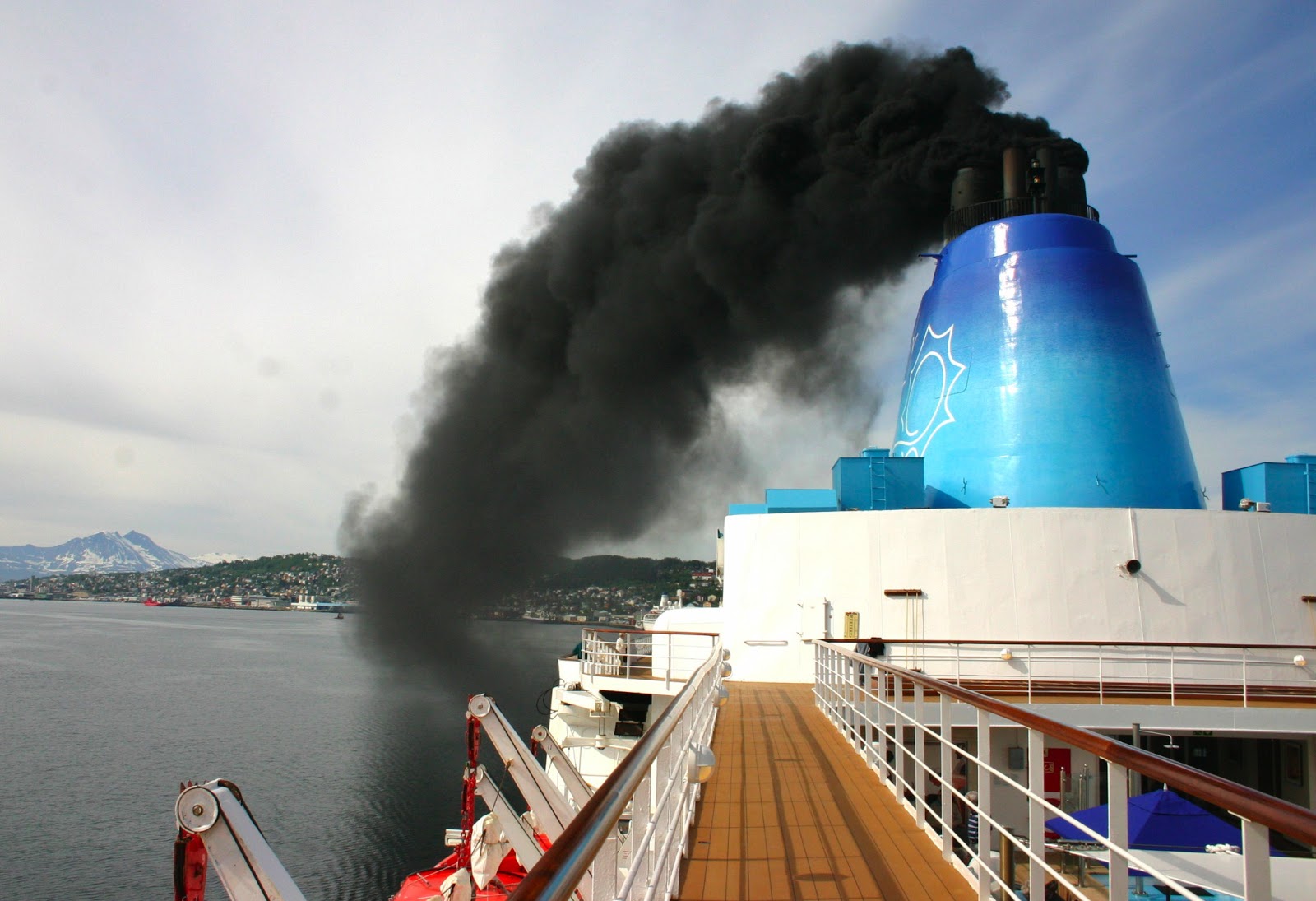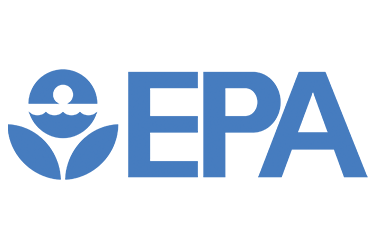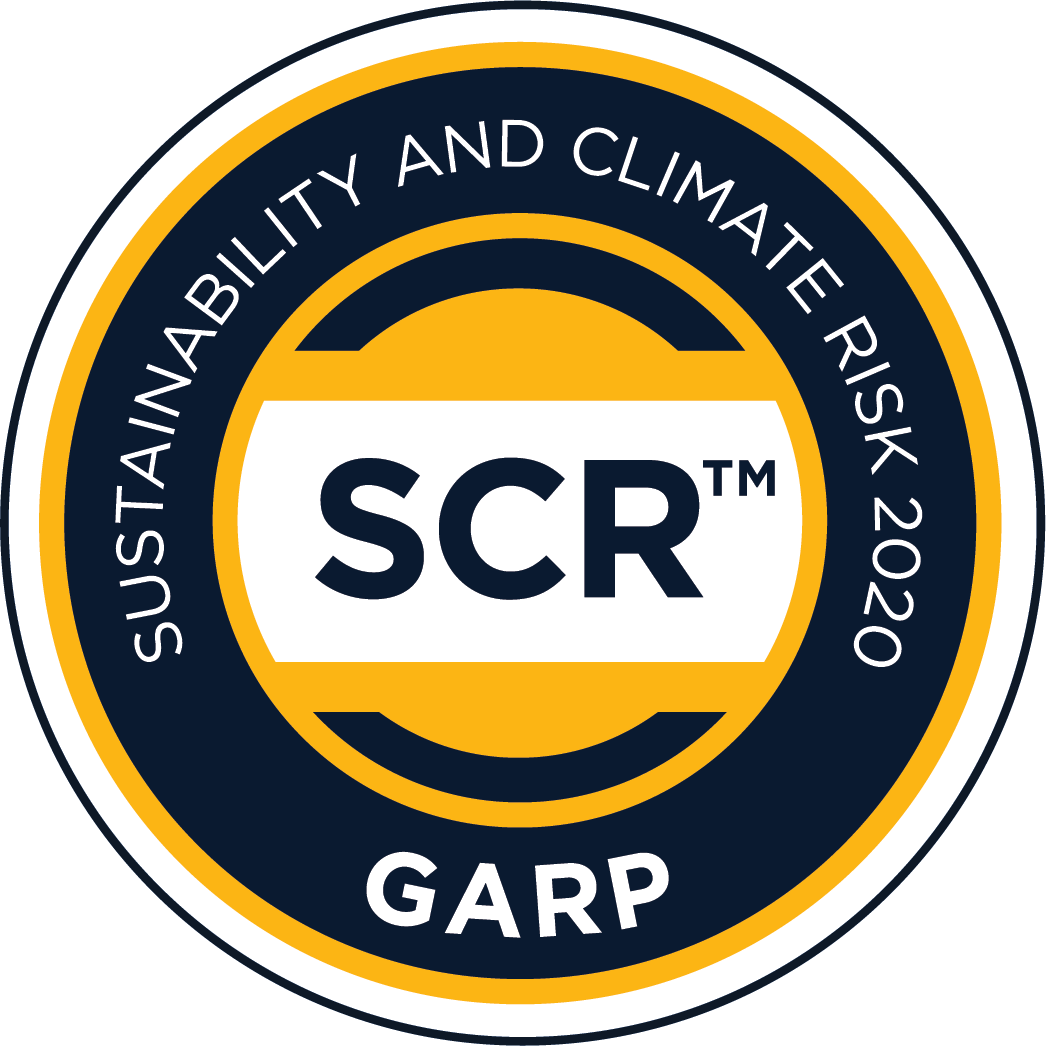
Heavy marine fuel, oil, when burned in marine internal combustion engines and boilers, emits a large amount of exhaust gases containing soot, nitrogen oxides (NOx), hydrocarbons, sulfur oxides (Sox) and other harmful substances.

US Environmental Protection Agency
Emission limits are called EPA Tier 1, Tier 2, etc. with the last level 4

International Maritime Organization
The emission limits are specified in IMO MARPOL Annex IV, Level I, Level II, the last of which is Level III

European Union
Emission limits for off-road mobile vehicles (NRMM) are designated as EU Stage I, Stage II, etc. with the last stage V
– switch to more expensive low-sulfur fuel, convert propulsion systems to use liquefied natural gas or clean the exhaust gases of ships, continuing to use high-sulfur fuel. The second method is the most cost-effective.


The equipment supplied as part of the project is certified in accordance with the requirements of Classification Societies and the NOx technical code associated with the SCR manual (resolution 198(62) MEPC)
| Cookie | Duration | Description |
|---|---|---|
| cookielawinfo-checbox-analytics | 11 months | This cookie is set by GDPR Cookie Consent plugin. The cookie is used to store the user consent for the cookies in the category "Analytics". |
| cookielawinfo-checbox-functional | 11 months | The cookie is set by GDPR cookie consent to record the user consent for the cookies in the category "Functional". |
| cookielawinfo-checbox-others | 11 months | This cookie is set by GDPR Cookie Consent plugin. The cookie is used to store the user consent for the cookies in the category "Other. |
| cookielawinfo-checkbox-necessary | 11 months | This cookie is set by GDPR Cookie Consent plugin. The cookies is used to store the user consent for the cookies in the category "Necessary". |
| cookielawinfo-checkbox-performance | 11 months | This cookie is set by GDPR Cookie Consent plugin. The cookie is used to store the user consent for the cookies in the category "Performance". |
| viewed_cookie_policy | 11 months | The cookie is set by the GDPR Cookie Consent plugin and is used to store whether or not user has consented to the use of cookies. It does not store any personal data. |